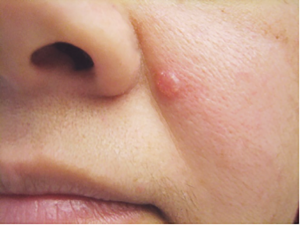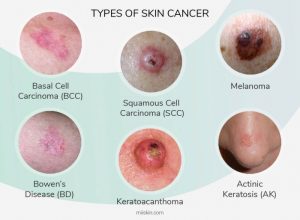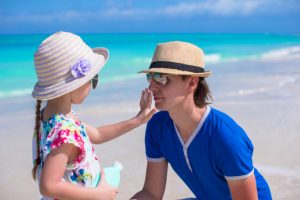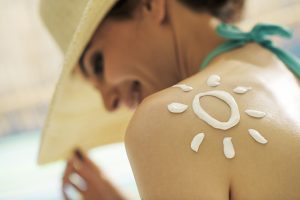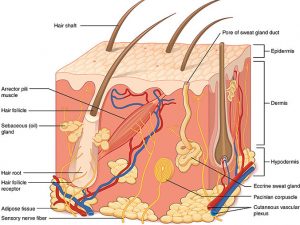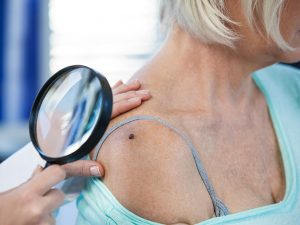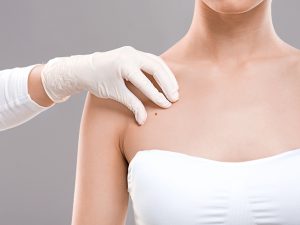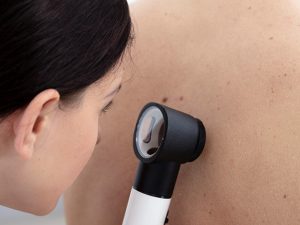Sunscreen, Vitamin D and UV Index
The use of sunscreen is one of five important ways to reduce the risk of skin cancer. It is recommended by the Cancer Council that a sun protection factor of SPF30+ be used in Australia.
Click HERE for more information about Sunscreen
Vitamin D
Vitamin D forms in the skin when it is exposed to UV from sunlight. It can also be obtained from some foods. We need vitamin D to maintain good health and to keep bones and muscles strong and healthy. Spending small amounts of time in the sun uncovered when the UV index is below 3 will boost vitamin D levels.
Click HERE for more information on Vitamin D
UV Index
Ultraviolet (UV) Radiation is the invisible killer that you can’t see or feel. Even on cool and overcast days UV radiation can be high. The UV Index is a tool you can use to protect yourself from UV radiation. It tells you the times of day that you need to be SunSmart.
Sun protection times are issued by the Bureau of Meteorology when the UV Index is forecast to reach 3 or above. Sunscreen is recommended on these days.
Click HERE for more information on UV Index
You can download the SunSmart App which is a great way to check the UV Index when you are out and about.
Click HERE for more information on to download the SunSmart App

